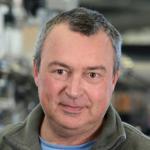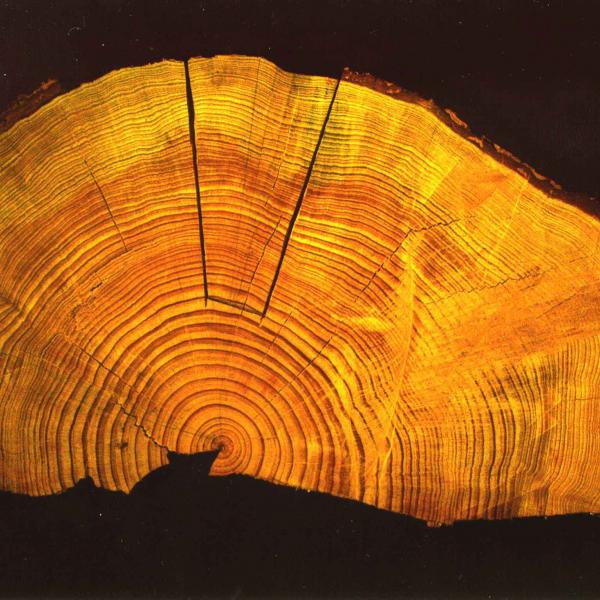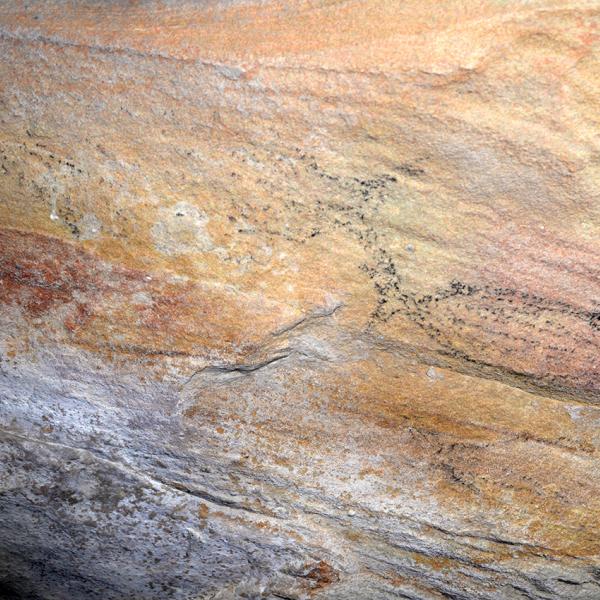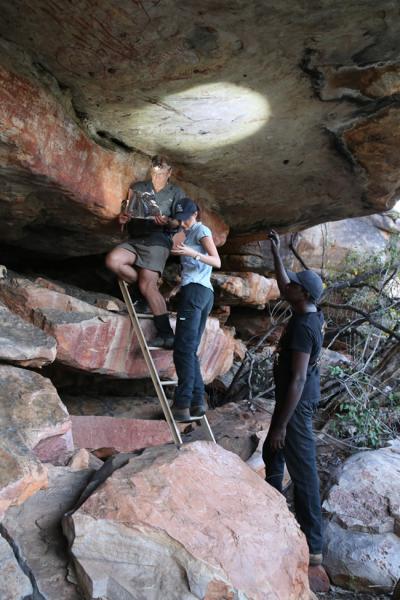
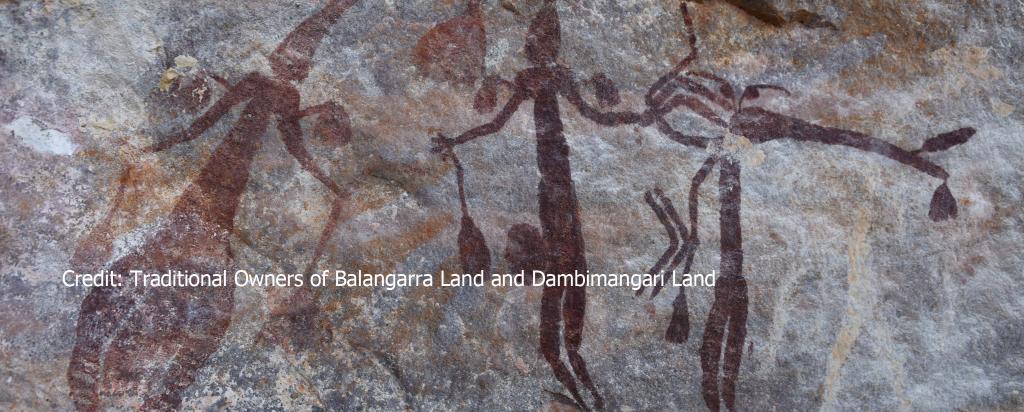
Published on the 6th February 2020 by ANSTO Staff
Key Points
-
New approach provides a way to provide dates for challenging Aboriginal rock art that cannot be done with other methods
-
Fossilised mud wasp nests provide a source for reliable dating technique
-
Most comprehensive dating of Gwion Gwion style from the Kimberley
University of Melbourne researchers in collaboration with ANSTO have reported a robust approach to provide reliable boundary age estimates of Australian Aboriginal rock art by radiocarbon dating mud wasp nests found in the proximity.

Damien Finch and Dr Helen Green from the University of Melbourne, Rock Art Dating project team and Ian Waina, Traditional Owner collecting samples iin the Drysdale River National Park. Credit: Sven Ouzman (UWA)
Mud wasp nests which are commonly found in rock shelters in the remote Kimberley region also occur ubiquitously across northern Australia and can survive for tens of thousands of years.
Mud wasp nests were collected from over 108 rock art sites with the permission and assistance of the Traditional Owners of Balangarra and Dambimangari Lands in the Kimberley.
The dates reported in a paper published in Science Advances provide, for the first time, an estimate for the time period when paintings in the Gwion Gwion style proliferated , mostly between 10 to 12,000 years ago.
This indirect method of dating could be useful in providing age estimates for other evidence of past human activity including grinding hollows, grooves, carvings as well as paintings.
To date, it is believed to be the most comprehensive dating of the Gwion Gwion style, which is commonly characterised by elongated human figures wearing adornments.
Dr Vladimir Levchenko, an expert in radiocarbon dating and co-author, said one of the dates suggested one Gwion motif was older, at more than 16,000 years, but further dates will be required to determine if this is an exception or part of an extended period of earlier production.
“Rock art is always problematic for dating because the pigment used usually does not contain carbon, the surfaces are exposed to intense weathering and nothing is known about the techniques used thousands of years ago.
“There are exceptions of course, such as using mineral accretions found on the rock. Beeswax or resin have also been used, but these are found on more modern samples,” said Levchenko.
After extensive refinements of pre-treatment processes and dating both modern and old mud wasp nests, PhD candidate Damien Finch, who developed the methodology, found the best source of carbon in the mud wasps was charcoal.
“Although soil is full of carbon, most of it is easily degradable. However, charcoal is more likely to survive for longer periods. There is lots of black carbon in Australian soil because of bushfires,” said Levchenko, who has spent time in the Kimberley on fieldwork.
In the North Kimberley region today, an average of 30 per cent is burnt each year.
“Damien was extremely methodical in the investigation from observing the mud wasps building the nests, collecting samples, dating both new and old nests, resolving issues with the building of nests as well as making refinements to pre-treatment processes,” said Levchenko.
A total of 101 radiocarbon dates were reported, which is an unprecedented survey of the age of wasp nests in rock shelters.
Of all the old nests measured, 31 nests are older than 10,000 years, 9 are older than 15,000 years and two nests dated to just over 20,000 years.
The wide range of ages establishes that the wasp nests were built quasi continuously in the Kimberley over at least the last 20,000 years.
Because of that, they are capable of providing age constraints for archaeological features and rock art throughout that period.
Finch is supervised at the University of Melbourne by noted Australian geologists Prof Andy Gleadow AO, (also a Director of the Kimberley Foundation) and Prof Janet Hergt.

